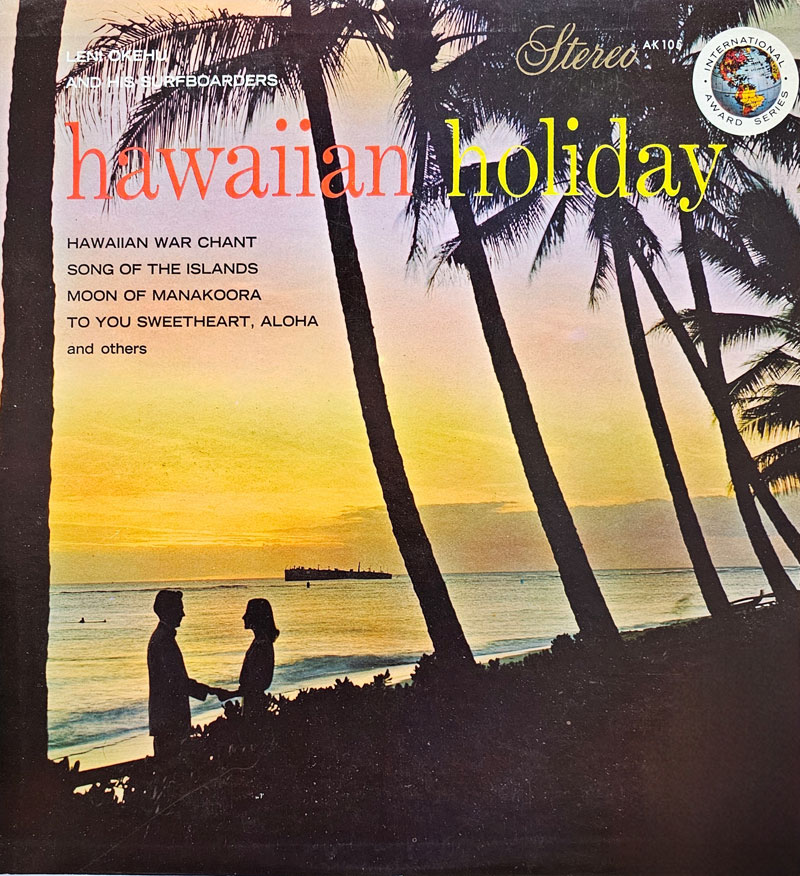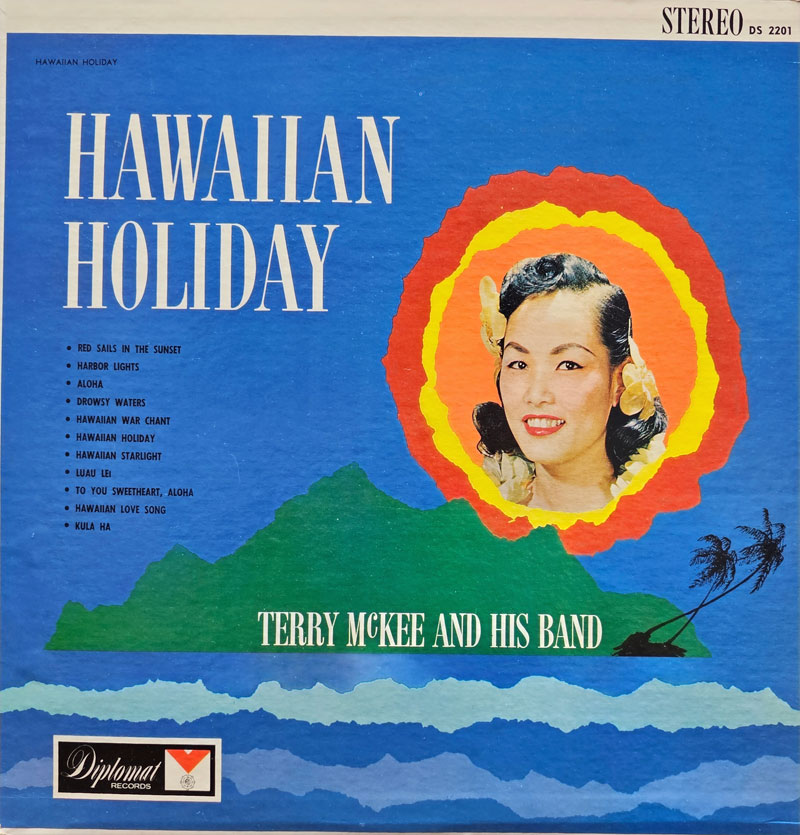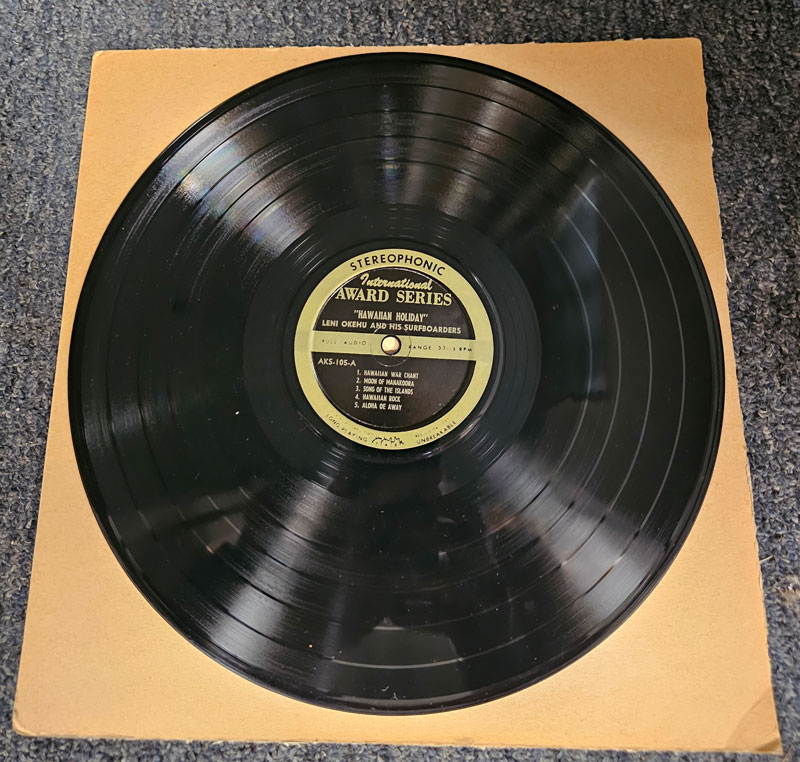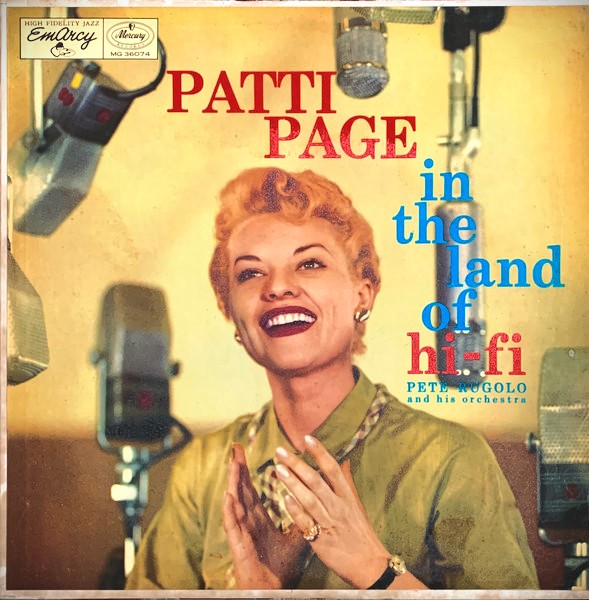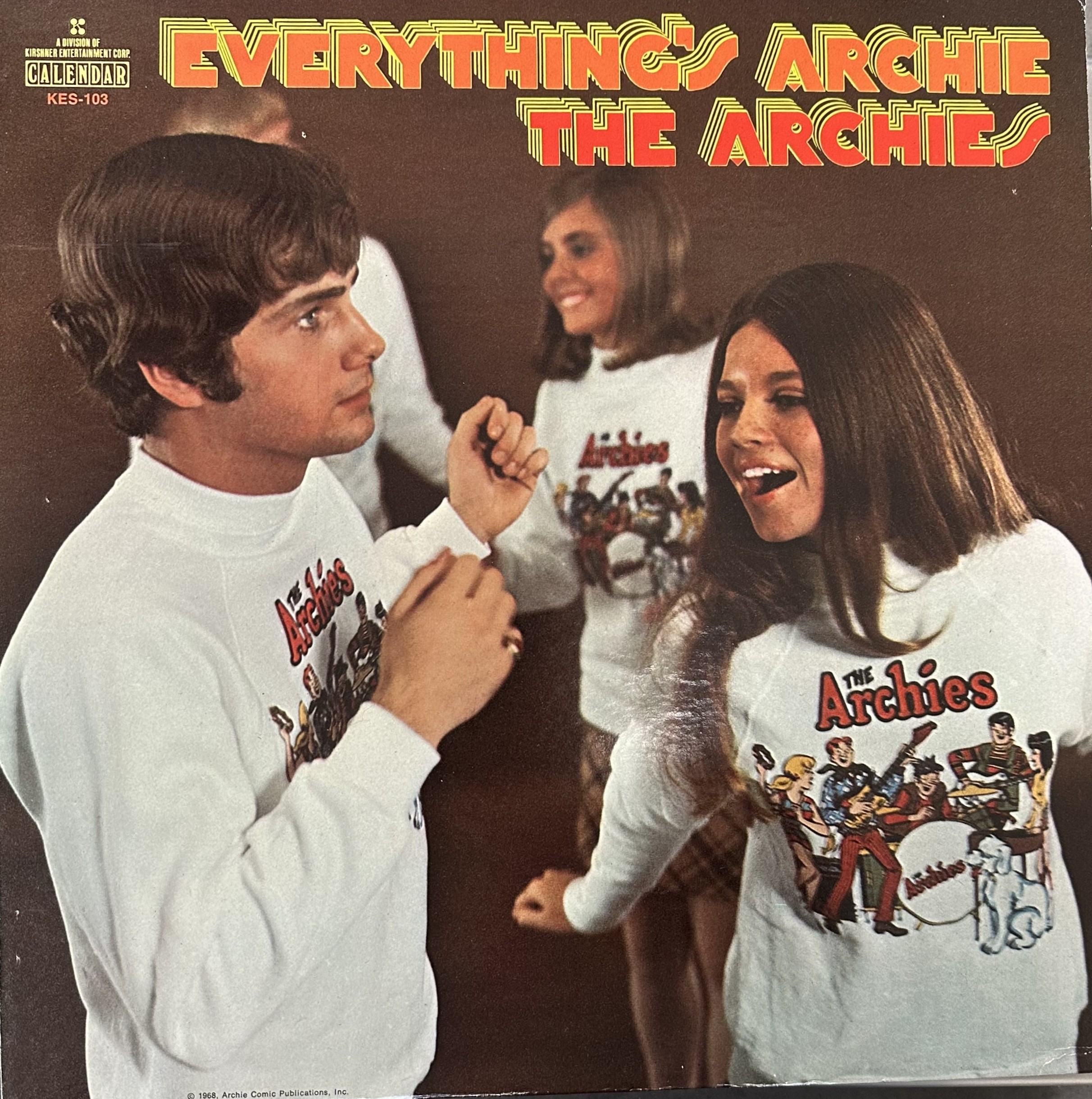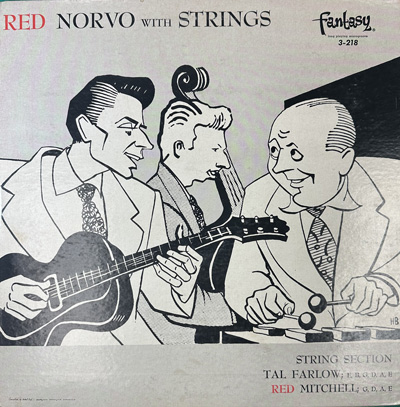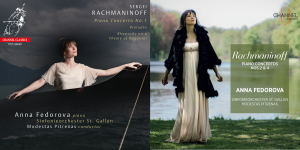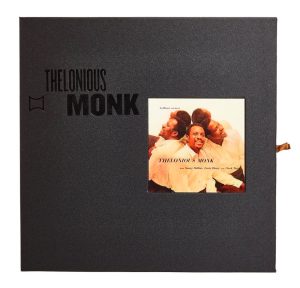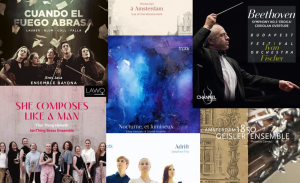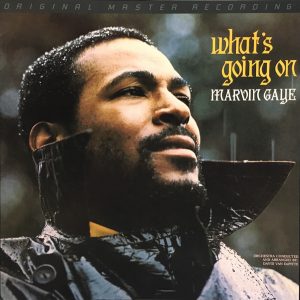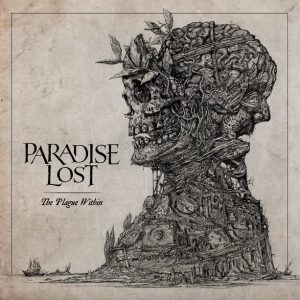My old friend and former roommate, Dave, suggested that I write about my Leni Okehu record. What a cool idea. The music is a boatload of fun, it's beautifully recorded, and Dave and I used to love the way it sounded on his ADS L880 speakers. The album's title is Hawaiian Holiday (International Award Series ASK 105), and the front cover tells us that it's by Leni Okehu and His Surfboarders. If you're wondering who the heck Leni Okehu is, or, actually, who this group really was, let it be known I have no idea either. For decades this strangely addicting and well recorded album has mystified me. It features some of the best sounding rockabilly guitar I've ever heard, and it's a Hawaiian LP. If rockabilly guitar on a Hawaiian record seems a little strange, the same exact album, with the same exact title, was released by Terry McKee and His Band (Diplomat DS 2201). The same album also exists, with the tracks in a different order, as Holiday In Hawaii on Crown (CST 125).
Side one of Hawaiian Holiday opens with the good old "Hawaiian War Chant." The music opens on the right side of the stereo stage with a powerful electric bass, and this musician means business. Arriving soon, also on the right side, is the strumming of an acoustic rhythm guitar. The rhythm guitar is accompanied by a steel guitar player on the left. When the steel player plays the familiar tune, he doesn't bend the notes very much, so the steel sounds more like a conventional electric guitar. Just as you begin to fall under steel player's high lonesome spell, a Buddy Holly-inspired madman plays a wild, and quite loud, electric guitar solo on the right. Pretty soon the two electric madmen are playing off each other, all while the rhythm player keeps the music moving. The abrupt ending of the cut has to be heard to be understood. It always leaves with me a sense of what-the-hell-was-that excitement. The performance is not traditional, but the great guitar playing and the overall excitement makes up for the music's lack of authenticity.
Side one cut two is the "Moon Of Manakoora." It has never sounded as lonesome as it does here, but despite the lonesomest of loneliness feeling it's ravishingly beautiful. It's also a nice contrast to cut one's insanity.
Cut three is "Song Of The Islands," and the three electric guys are at it again. However, this time they are playing sweet. I've never heard anything so Hawaain and country western wrapped into one. It's easy to enjoy, and the music sways like a gentle breeze.
Cut four is "Hawaiian Rock." It's not exactly rock, nor is it Hawaiian, but it's really strange and wonderful. The musicians create a forbidden sound that draws you towards something dangerous, and, of course, we love that feeling. I can't decide if the singer is trying to sound traditional, or if he's trying to avoid a digestive accident.
Side two opens with "Hawaiian People Eater." Once again the two electric guitarists and the acoustic rhythm player are creating magic. I love the attitude of the bass player. He not only means business, on this cut he's the leader.
Side two cut two is "Luau Lei," which is also the early thirties jazzy pop tune (with vocal refrain) "You've Got Me Crying Again." I learned the mainland version from the Pasadena Rooftop Orchestra (Island ILPS 9324), and I bought their LP back in the 70s. Did the chicken come before the egg? Honestly, many pop, blues, and country songs have their roots in Hawaiian music. The guitar playing is great.
Cut three is "Kula Ha." This is a picking fest of the highest order. Our two electric guitarists are jamming off each other, and I am grateful for such great guitar playing. Their kinetic energy reminds of Jerry Reed and Roy Clark,
This album leaves me with a few questions which include: Who are these musicians? Who was the recording engineer? And where was the recording made? Originally I thought this was a Nashville session, but I'm not hearing a Nashville-Hawaiian sound anymore as much as I'm hearing something further west, like Texas or California.
Playing Hawaiian music through a rockabilly lens isn't authentically Hawaiian, but much of what falls under the umbrella of Hawaiian music is inauthentic. How the music sounds is wonderful, and if you're looking for a massive dose of Vitamin Twang this is the place to find it.
The sound is an important part of what makes this album work. The stage is wide, and the dynamics are fairly wide. The instruments are perfectly placed within the stereo stage. Reverb is kept to a bare minimum, with most of it emerging from the guitar amps. I love the sound of vintage guitar amps and this album captures vintage amp sound very well. Call it a "ringy" or a "chimey" sound, this LP has loads of that kind of guitar sound. The electric bass is rich, round, and powerful. I love this record.




